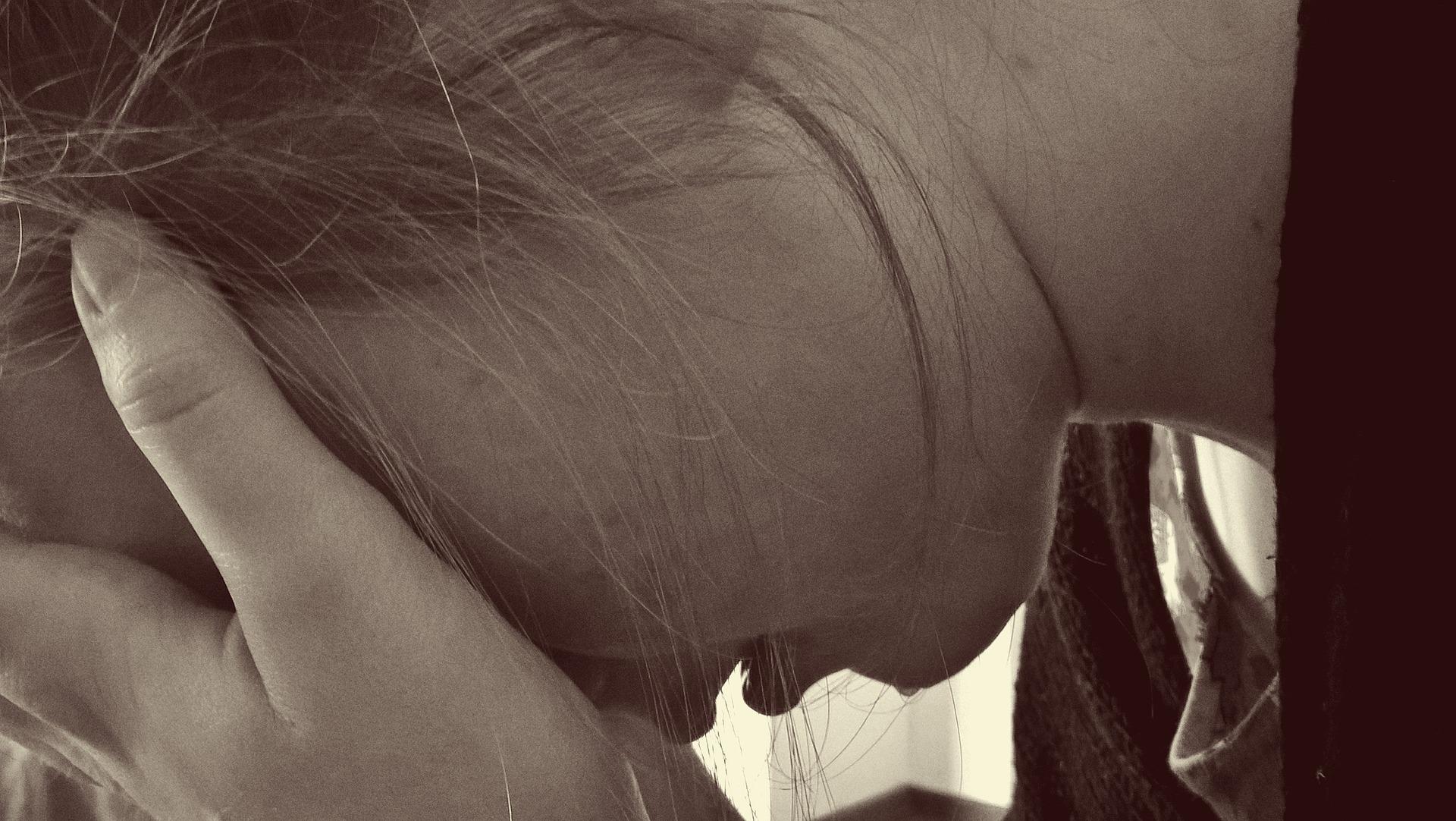Where people burnout most during COVID-19

Research is identifying the regions where working adults are more likely to burnout during the COVID-19 crisis. The key is the distance to the epicentre – but not how you might imagine.
The results have revealed that those who were the closest to the epicentre of the Coronavirus crisis were not the most burned out during the pandemic.
Researchers from the University of Adelaide, the Southwestern University of Finance and Economics, and Tongji University, surveyed 308 working adults in 53 cities across China, at varying distances from the epicentre of the outbreak in Wuhan.
The researchers used individuals’ locations to calculate their distance to the epicentre. This location to the epicentre was found to predict burnout after one month of the COVID-19 outbreak. Burnout refers to an emotional, physical, and mental exhaustion due to excessive and prolonged stress of being overwhelmed, emotionally drained, and incapable to meet constant demands.
Led by Dr Stephen Zhang from the University of Adelaide, the study, published in Psychiatry Research, shows that working adults’ distance to the epicentre had an inverted ‘U-shaped’ relationship with burnout.
“This finding differs from previous studies that found a crisis spurred either a ‘ripple effect’ or ‘typhoon eye effect’ from its centre,” Stephen said.
This research provides evidence on mental health issues and their predictors during COVID-19 and can help mental health services to rapidly screen people to identify the groups that are more susceptible to issues.
Further details about this story and other research by the University of Adelaide can be found in our Newsroom.
